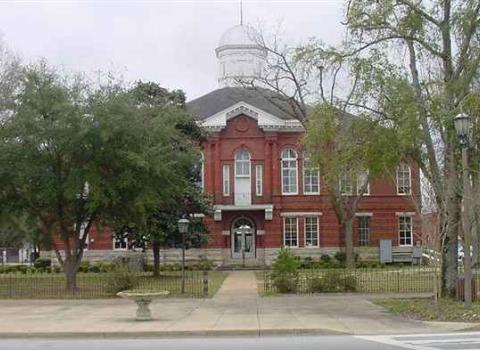
Located in west-central Alabama between Tuscaloosa and Meridian, Mississippi, Livingston is the county seat for Sumter County in an area once inhabited by the Choctaw Indians. Livingston was incorporated in 1835 – the same year the Livingston Female Academy was established. In 1881, Julia S. Tutwiler, a well-known educator, prison reformer, writer and supporter of education for women, became assistant president of the Academy. She changed the school’s name to Livingston Normal School in 1886 and retired as president emeritus in 1910. Known today as the University of West Alabama, the campus is located just a block from downtown Livingston and offers unlimited educational opportunities as well as collegiate sports. The campus is also home to a covered bridge first built in 1861 over the Sucarnoochee River and moved to campus in 1969. Cedarwood, an extremely rare wood-framed house built in 1818 in Greensboro, is another historic gem that was relocated to the campus.
In addition to the university, Livingston has much to offer for a city with a population of just over 3,400. Courthouse Square features the Bored Well, an artisan well that was begun in 1854 and completed in 1857. A hand pump was added in 1904 and an electric pump in 1928. The Sumter County Court House is listed on the National Register of Historic Places and the Old Southern Railroad Depot, built circa 1875, now serves as City Hall and is still located 15 feet from the railroad tracks. Each year, Livingston hosts its Sucarnochee Folklife Festival featuring music, storytelling, a Cornbread Cook-off and artisanal works such as pottery, metal crafts and quilting.

